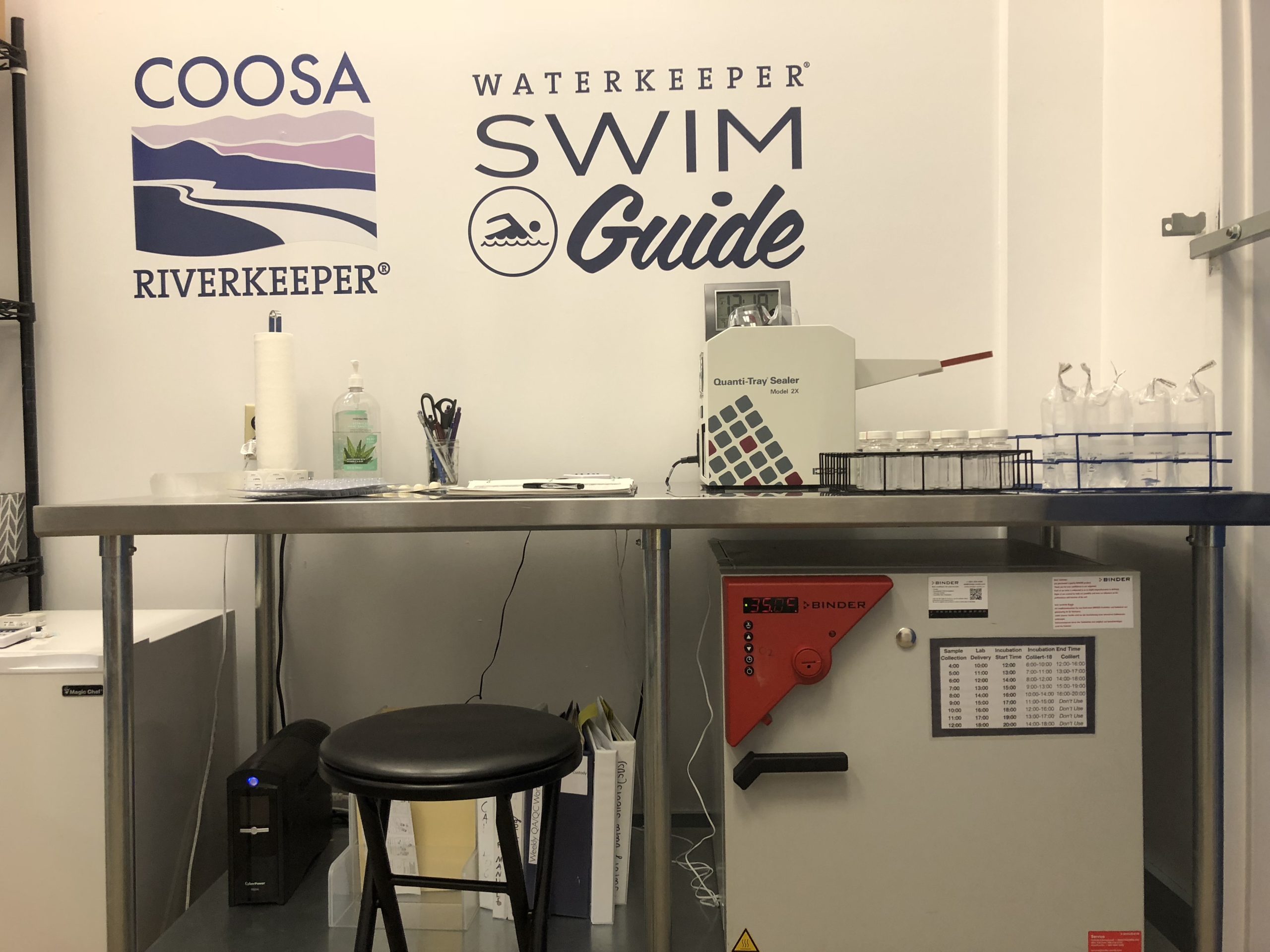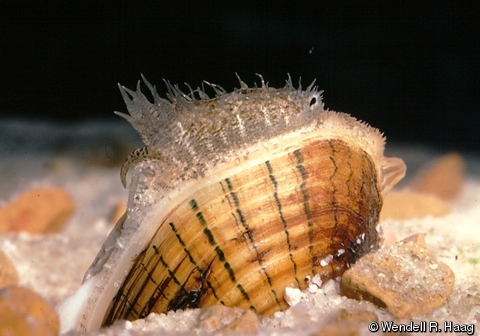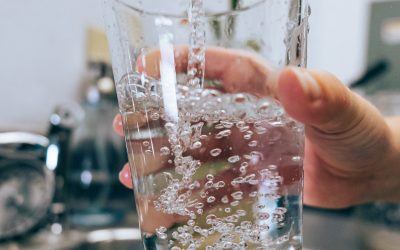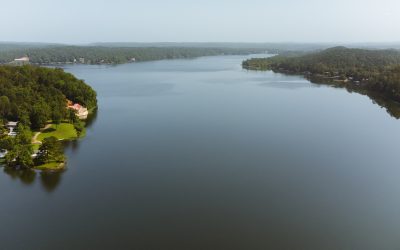With Labor Day weekend in the rearview mirror, the Coosa lakes are about to get a whole lot quieter. School and football reduce the number of boaters and swimmers on the lake dramatically, but for the true river rat September and October are some of the best times of the year to enjoy the lake while water temperatures are warm and traffic is low. We wrap up Swim Guide testing every Labor Day as well, so now is a good time to look back at the results from this summer’s nearly 500 samples collected for Swim Guide.
We issued 32 “high E. coli” alerts and 37 “moderately high E. coli alerts” for a total of 69 E. coli alerts at 26 sites over 18 weeks of summer. By comparison, we issued 45 alerts last summer at 20 sites. While that sounds like a lot more this year, it’s actually pretty similar when you consider that the two sites with more than 10 alerts each this year are both new to Swim Guide. For an understanding of what levels of bacteria trigger alerts, please read our blog post “Is It Safe to Swim?” from earlier this summer.
Attalla City Park, which is a small creek that flows through a nice park, had an alert in 14 of 18 weeks. Clearly, there is an issue there that our field staff is looking into during the off season. Big Canoe Creek which we test at the Highway 231 bridge, accounted for 11 alerts. We began the Big Canoe Creek Monitoring Project last year and continued it this year to identify the source of some of the bacteria in this creek which is very popular for paddling. Other sites with and without alerts are summarized in the table below. The average E. coli levels are displayed as with, with yellow ones indicating levels higher than Alabama’s water quality criteria.
As you can see, creek sites tend to have more alerts issued. That’s due to several factors but the three primary ones are that the sources of bacteria are mostly up creek in farmlands and cities, there is less dilution compared to our massive reservoir lakes, and there is less natural disinfection in creeks. When it rains, all the pet waste in people’s yards, wildlife waste in the woods, livestock waste spread on farms, and human waste not properly collected or treated runs off into our waterways, typically to a creek where it makes its way towards the lakes. Only 13 of our alerts, less than 20% of alerts, were issued at lake sites, 6 of which were at Pell City Lakeside Park which is surrounded by small creeks, another area our field staff has been researching.
What the data shows on the whole is that in general most places on the lakes of the Coosa are quite safe to swim. Many of our favorite creeks to splash in and some of our lake sites are not safe to swim after rain events which wash bacteria downstream. Only a few sites, such as Attalla City Park and Big Canoe Creek, are testing above Alabama’s swimming water quality standards more than half the time, and only four total exceeded Alabama’s swimming water quality standards for average E. coli levels.
Swim Guide exists for this purpose: to enlighten your recreational experience, protect you from swimming in EWWW, and identify areas where we can improve water quality. It only works when you check it. Go ahead and get signed up for alerts for next Swim Guide’s season by texting “SWIMGUIDE” to 844-83 to receive free text message alerts (standard data/messaging rates may apply).
This blog post was written by Frank Chitwood, Staff Riverkeeper





